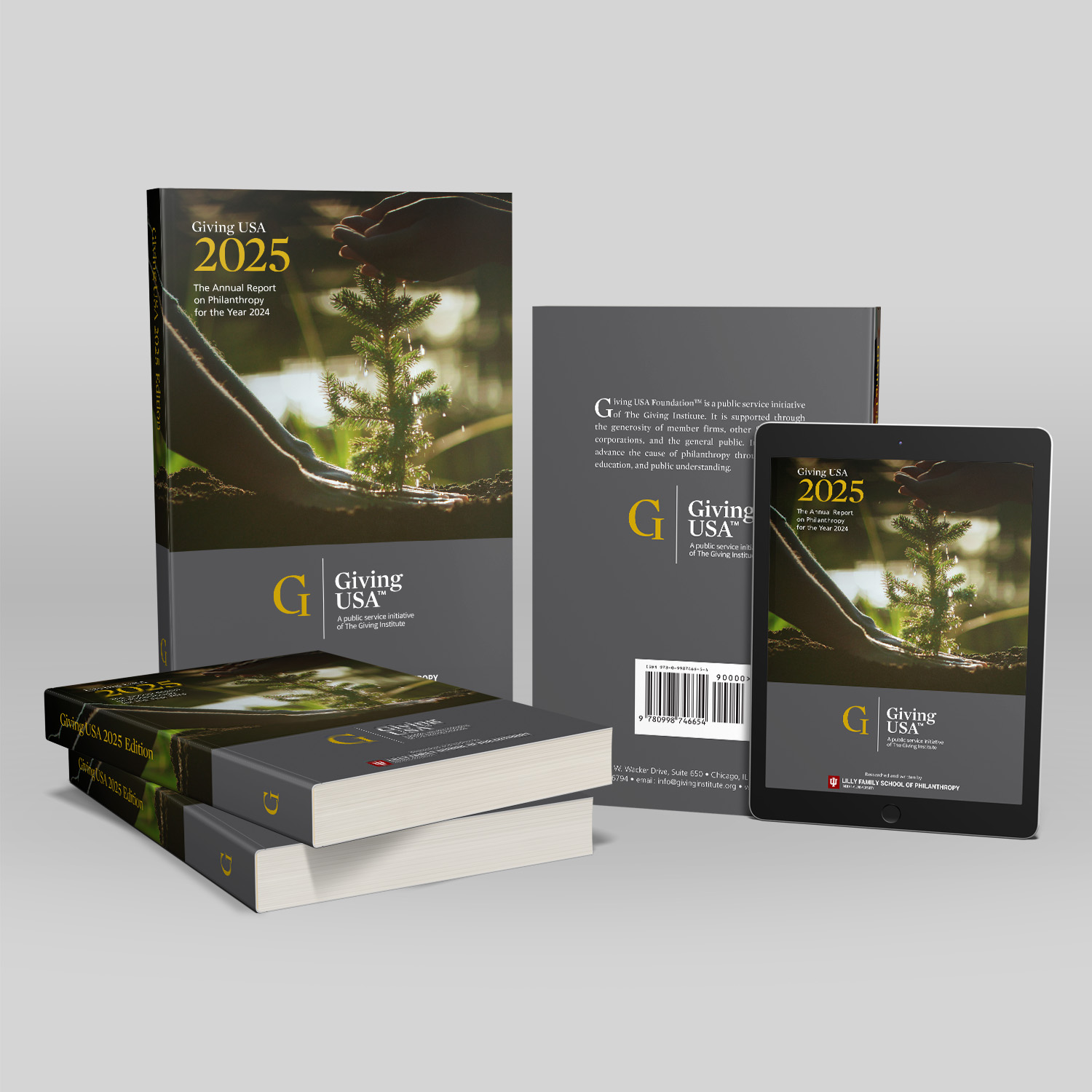|
Did you know you can start retaining donors before they make their first gift? You can! Many donor retention strategies focus on what happens after a donor makes their gift. Thank-you notes and impact reports remind donors that their gift made a difference. Social media posts and longer updates connect donors to the real people their gift helps. Donor surveys and segmented communications make donors feel seen and valued. But did you know you can achieve each of those goals during the donation process itself with some clever nonprofit design tips? You can! Here’s how. Use your donation form to show donors who they’re helping One of the most powerful ways you can do this is by adding a high-impact image to the top of your donation form. Your goal here is to make donors feel great about supporting a real-life person who will benefit from your services, so choose a photo that helps them connect with the subject. Look for a photo that:
There are some exceptions to the rule! If it’s appropriate for your nonprofit and its mission, you can include photos that feature nonhuman subjects (like animals). You can also include photos that give donors the sense of being on the outside looking in, like a candid shot, as long as the overall feeling of the picture is generally positive. You can take this a step further by using images to reinforce impact statements associated with the suggested gift amounts on your form. Check out this example:  This nonprofit included a thoughtful impact statement for gifts of $25 that was designed to help donors imagine their gift’s impact. Then, they reinforced that impact statement with a photo that helps donors picture exactly who their gift will help. Knowing a donation will support an infant is wonderful; having that knowledge reinforced with a picture that helps donors imagine even more clearly who their gift will help is even better. If you really want to knock your donors’ socks off, use the images on your form with images in other places to create a sense of continuity. If you use a great image on your nonprofit’s home page to accompany an ask, use a similar photo on your donation form. Include similar photos on your donation confirmation page and in your donation receipts, too!  Mercy Ships’ homepage includes a picture of one of their patients. When donors land on
Share your donors’ impact everywhere you can Don’t wait until after a donor makes a gift to share how they’ve made a difference. Include impact statements in your appeals, on your donation form, alongside your suggested gift amounts, and on your thank-you pages and receipts. Should you also send impact reports and updates to your donors? Yes! But showing donors how they’ll make a difference during the donation process gives them a better giving experience, connects them more closely to your cause, and sets the stage for some really outstanding communications in the future.  This “outside-looking-in” photo and powerful impact statement shows donors So, what does that look like? Here’s an idea: Email appeal: “When the Jones family needed some extra help, they knew the Lakeland Food Pantry was ready. Thanks to donors like you, they got the fresh, healthy food they needed. When you donate to our food pantry, you provide groceries and peace of mind to families right here in our community.” Website homepage: “Donate today to provide fresh, healthy groceries to local families!” Donation page copy: “When families in our community need help, they know they can turn to Lakeland Food Pantry for help. Donate today and help get food and other groceries to your friends and neighbors!” Confirmation page copy: “Thank you for your donation! Your generosity means families like the Joneses will have full hearts and full plates this week.” Receipt copy: “Thank you for donating to the Lakeland Food Pantry! Because of you, a local family will have access to the fresh, healthy food they need. Keep an eye out for an email from us next week; we’ll share a couple of fun updates about what your gift achieved and an invitation to our upcoming donor appreciation event!”  Adding something as simple as a photo and thank-you message to your confirmation page At every point during this donor’s journey, they understand exactly what their gift will accomplish and how they’ll make a difference. Knowing how significant their support is will make it easier to ask for an additional gift in the future! Be transparent about how you’ll use their information Be transparent about what you’re going to do with their personal information. Did you ask for their phone number? Tell them why they might want to give you that information. Are you asking them to opt into receiving newsletters and other updates from you? Tell them (about) how often they’ll get emails from your organization. Did you include a link to a donor survey on your confirmation page? Tell them why their demographic information and feedback are important. You can show your donors that you’re transparent and trustworthy by making a few simple tweaks to your donation form. Check out this simple change to a newsletter opt-in box: Less Specific:  More Specific:  Simply updating the language on some of your fields will make donors After your donor has made their first gift, make sure you tell them about future updates. On your confirmation page, let them know you’ll send them a receipt. In the receipt, tell them you’ll follow up in a couple of weeks with an update about what they achieved with their support. This tactic makes donors more likely to open (and read!) future communications, which is an important part of good donor retention strategies. You can take your communications to the next level by including specifics about the donor’s gift. If your donor gave to a particular restricted fund, include a note mentioning that detail in your receipt. Donation dedications, donation methods, gift amounts, and other specifics can all be referenced in your receipts and follow-ups. That level of segmentation makes your donors feel valued and helps establish a relationship with them. Looking for more information on writing great receipts and thank-you letters? We’ve got you covered. Conclusion Want to see these tips (and lots of other best practices) in action? Check out our interactive donation form templates! |
3 Ways to Design a Donation Experience That Will Improve Donor Retention
Access shared intelligence from your inbox
Receive expert insights, analysis and timely offers on charitable giving research and trends
Provided by The Giving Institute




